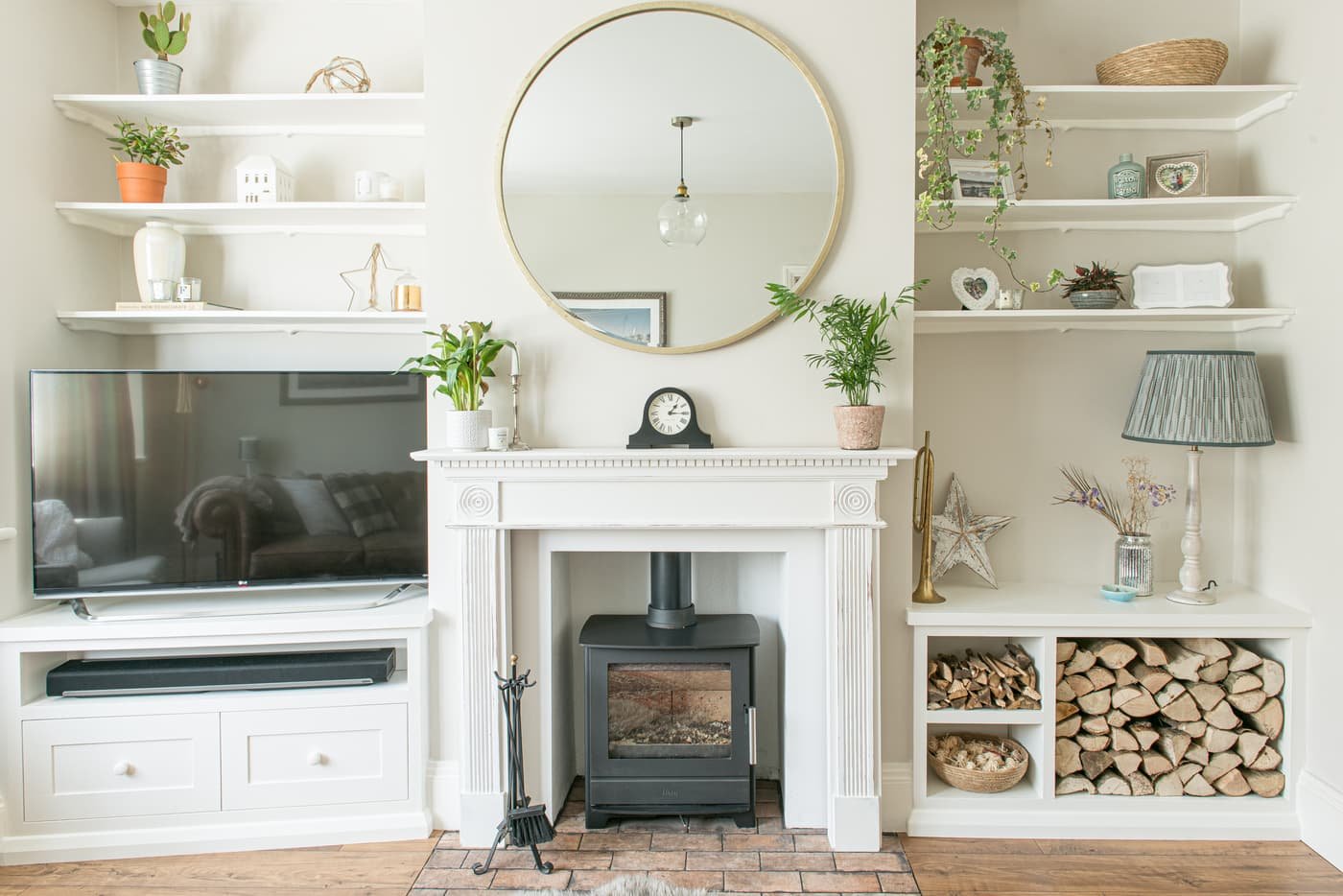

Articles
What Is Chimney Breast
Modified: August 22, 2024
Learn everything you need to know about chimney breasts. Discover insightful articles and expert advice on their construction and removal.
(Many of the links in this article redirect to a specific reviewed product. Your purchase of these products through affiliate links helps to generate commission for Storables.com, at no extra cost. Learn more)
Introduction
Welcome to the world of chimney breasts! These architectural features have been a staple in homes for centuries, providing both functionality and aesthetic appeal. Whether you’re a homeowner considering building or renovating a chimney breast, or simply curious about their history and purpose, this article will serve as a comprehensive guide.
A chimney breast is a vertical projection of a chimney that is visible on the exterior and interior walls of a building. It serves as a support structure for the chimney and helps direct and contain the flow of smoke and gases out of the building. In addition to its functional role, chimney breasts are often a striking architectural feature, adding character and charm to a home.
Throughout history, chimney breasts have evolved in design and purpose. They have been an integral part of homes since ancient times, with evidence of their existence in Roman and Medieval architectural structures. Originally, chimney breasts were built solely for the purpose of creating a ventilation system to remove smoke from an open fire. However, as technology advanced, chimney breasts began to serve multiple functions, including providing a focal point for heating and decorating the living space.
In modern times, chimney breasts have become a symbol of traditional architecture and are often associated with nostalgic charm. Many homeowners choose to preserve and even restore chimney breasts as a way to connect with the history and heritage of their homes. However, there are also instances where chimney breasts are removed or altered to accommodate modern living styles or to create more open and spacious living areas.
In this article, we will delve deeper into the history, purpose, construction, and maintenance of chimney breasts. We will explore the different types of chimney breasts, discuss common issues and repairs, and provide insights into chimney breast removal and alterations. By the end of this guide, you will have a comprehensive understanding of chimney breasts and their relevance in both traditional and modern architecture.
So, let’s get started and discover the fascinating world of chimney breasts!
Key Takeaways:
- Chimney breasts have a rich history, evolving from simple openings in ancient Rome to ornate designs in the Victorian era. They serve as both functional and aesthetic focal points within homes, adding charm and character to living spaces.
- In modern architecture, chimney breasts have been reimagined as design statements, decorative elements, and multi-functional spaces. They continue to contribute to the character and sustainability of buildings, blending seamlessly with contemporary design trends.
Read more: What Is Wildflower Honey Turkey Breast
Definition of Chimney Breast
A chimney breast is a vertical projection that extends above the roofline of a building, serving as a support structure for a chimney. It is typically constructed using brick, stone, or other heat-resistant materials and is designed to contain and direct the flow of smoke and gases out of the building.
Chimney breasts are most commonly found in houses and buildings that have a fireplace or wood-burning stove. The chimney breast creates a pathway for the combustion gases to exit the building safely, preventing the accumulation of smoke and potential health hazards.
From an architectural standpoint, chimney breasts are an important feature that adds character and visual interest to a home. They are often prominently displayed on the exterior of the building, forming a distinct silhouette that can be seen from a distance. Inside the home, chimney breasts can also serve as a decorative focal point, providing a natural alcove for displaying artwork or other decorative items.
In addition to their functionality and aesthetic purposes, chimney breasts also play a role in regulating the temperature of a home. The mass of the chimney breast helps to absorb and retain heat generated by the fireplace, radiating warmth into the room. This can contribute to energy efficiency and reduce the reliance on other heating systems.
It is important to note that not all houses or buildings have chimney breasts. In more modern constructions, especially those without a fireplace or wood-burning stove, chimney breasts may be absent. However, for those with a traditional or period-style property, chimney breasts are often present and are highly valued for their architectural significance and historical charm.
In the next section, we will delve into the rich history of chimney breasts and their evolution over time. By understanding their origins, we can gain a greater appreciation for these architectural features and their role in shaping our built environment.
History of Chimney Breasts
The history of chimney breasts can be traced back to ancient civilizations. The concept of using a vertical structure to vent smoke and gases from a fire dates back thousands of years. In ancient Rome, for example, homes were equipped with domed brick ovens that featured a small, protruding chimney-like structure to allow the escape of smoke.
During the Medieval period, chimney breasts became more prevalent as open fireplaces were widely adopted for heating and cooking purposes. Originally, the chimney breast was simply a projection of the fireplace opening, extending through the roof to release smoke. Over time, these projections grew larger and became more elaborate as they were constructed to accommodate larger fireplaces and improved ventilation.
As architectural techniques advanced and homes became more sophisticated, chimney breasts underwent considerable development. In the 17th and 18th centuries, chimney breasts became larger and more decorative, reflecting the prevailing architectural styles of the time. Ornate plasterwork and intricate moldings were often incorporated into the design of the chimney breasts, elevating them to the status of a prominent architectural feature within the home.
During the Victorian era, chimney breasts reached their peak of popularity and grandeur. The Industrial Revolution brought about a significant increase in the number of homes with chimneys, as coal-burning stoves and fireplaces became more common. Chimney breasts became taller and wider, accommodating larger flues to handle the higher volume of smoke and gases produced by these new heating systems. With their ornate detailing and distinctive silhouettes, Victorian chimney breasts became symbols of social status and wealth.
In the early 20th century, advancements in heating technology and the widespread use of central heating systems led to a decline in the use of traditional fireplaces and chimney breasts. Many homes had their chimneys removed or sealed off, and new construction favored more streamlined, space-efficient designs.
However, in recent years, there has been a resurgence of interest in preserving and restoring chimney breasts. Homeowners have recognized the historical and architectural value of these features and have embraced their unique charm. Modern renovations often include the refurbishment of existing chimney breasts or the addition of new ones to create a sense of character and authenticity.
Today, chimney breasts continue to evoke a sense of nostalgia and provide a connection to our architectural heritage. Whether maintained in their original form or adapted to modern design, they are a testament to the enduring legacy of chimney technology and its impact on our built environment.
Purpose and Function of Chimney Breasts
The primary purpose of a chimney breast is to provide a safe and efficient means of venting smoke and gases from a fireplace or wood-burning stove. By creating a vertical passage, chimney breasts ensure that the combustion byproducts are directed outside the building, preventing the accumulation of smoke and potential health hazards.
Chimney breasts serve several important functions:
1. Smoke Ventilation: The most crucial function of a chimney breast is to facilitate the escape of smoke and gases produced during combustion. The vertical design of the chimney breast allows the smoke to rise and exit the building through the chimney stack, preventing it from entering and polluting the living spaces.
2. Draft Creation: Chimney breasts also play a role in creating a draft or updraft, which aids in the efficient flow of air and combustion gases up the chimney. The height and design of the chimney breast help to establish a pressure difference that encourages the movement of air from the fireplace or stove to the outside atmosphere.
3. Heat Distribution: Another function of a chimney breast is to distribute heat generated by the fireplace or stove throughout the living space. The mass of the chimney breast absorbs the heat and radiates it into the surrounding area, creating a warm and cozy environment. This can help reduce the reliance on other heating systems, contributing to energy efficiency.
4. Structural Support: Chimney breasts also provide structural support to the chimney itself. The weight of the chimney and the forces exerted on it by wind and other external factors are absorbed by the chimney breast, ensuring the stability and integrity of the entire system.
5. Decorative Element: In addition to their functional roles, chimney breasts often serve as decorative elements within a home. Their unique design and prominent placement make them ideal for showcasing artwork, photographs, or ornaments, adding visual interest and character to the living spaces.
It is important to note that in modern homes without fireplaces or wood-burning stoves, chimney breasts may be absent or non-functional. However, they can still be incorporated as a design element, purely for aesthetic purposes, to preserve the architectural tradition or to create a sense of nostalgia.
Understanding the purpose and function of chimney breasts allows homeowners and builders to appreciate their importance and consider them in the overall design and functionality of a home. Whether maintaining the traditional use of a chimney or adapting it to suit modern needs, chimney breasts continue to play a significant role in our homes.
Types of Chimney Breasts
Chimney breasts come in various types, each with its own distinct characteristics and design features. The type of chimney breast you choose will depend on factors such as architectural style, space availability, and personal preferences. Here are some common types of chimney breasts found in residential and commercial buildings:
1. Traditional Chimney Breast: This is the most common type of chimney breast and is typically seen in older homes or those designed in a traditional architectural style. It features a straight, vertical projection from the fireplace or stove, extending through the roofline. Traditional chimney breasts are often wider at the base and become narrower towards the top.
2. Inglenook Chimney Breast: The inglenook chimney breast is a variation of the traditional design and is characterized by a large, recessed fireplace surrounded by a wide, arched or square opening. The chimney breast in an inglenook fireplace is usually wider and deeper, creating a cozy and intimate ambiance.
3. Off-Center Chimney Breast: In some instances, the chimney breast may be off-center in relation to the fireplace or stove. This design allows for more flexibility in room layout and can create interesting architectural focal points. Off-center chimney breasts are often found in homes with asymmetric or unique floor plans.
4. Double-sided Chimney Breast: This type of chimney breast is designed to serve multiple rooms or areas. It features a fireplace or stove with a chimney breast that is visible from two different spaces, providing warmth and ambiance to both areas. Double-sided chimney breasts are commonly used to divide open-plan living spaces or to create a central focal point.
5. Flueless Chimney Breast: Flueless chimney breasts provide a modern and streamlined alternative for homes without traditional chimneys. These designs rely on advanced ventilation technology to expel combustion gases and ensure safety without the need for a chimney or external vent. Flueless chimney breasts are often used in contemporary homes or apartments where space or infrastructure limitations prevent the installation of a traditional chimney.
6. Decorative Chimney Breast: Decorative chimney breasts are used purely for aesthetic purposes and do not have a functional chimney or fireplace. They are often created as architectural features to add character and interest to a room. Decorative chimney breasts can be designed in various styles and materials, including plasterwork, stone, or wood.
These are just a few examples of the types of chimney breasts you may encounter. When considering the type of chimney breast to incorporate into your home, it’s important to consult with a professional architect or builder who can guide you based on your specific needs and the architectural style of your property.
Now that we’ve explored the different types of chimney breasts, let’s move on to the construction and design considerations that go into creating these architectural features.
Read more: What Is Chimney Soot
Construction and Design of Chimney Breasts
The construction and design of chimney breasts involve careful planning and consideration to ensure both functionality and visual appeal. Here are some key aspects to keep in mind when constructing and designing a chimney breast:
1. Materials: The choice of materials for constructing a chimney breast is crucial, as it needs to withstand the high temperatures and corrosive byproducts of combustion. Common materials used include bricks, stone, concrete blocks, or metal. The selection of materials may depend on factors such as the architectural style of the building and personal preferences.
2. Height and Width: The height and width of the chimney breast should be determined based on the size of the fireplace or stove it will serve. The height of the chimney breast is typically calculated to create the necessary draft for efficient smoke evacuation. The width is designed to accommodate the flue or chimney liner and allows for proper ventilation.
3. Flue Size: The size of the flue or chimney liner within the chimney breast is another important consideration. It should be sized appropriately to handle the volume of smoke and combustion gases produced by the fireplace or stove. A flue that is too small may restrict airflow, leading to poor ventilation and potential safety issues.
4. Design Elements: The design of the chimney breast can incorporate various elements to enhance its aesthetic appeal. This can include decorative moldings, corbels, arches, or niches. These design elements should be aligned with the architectural style of the building and create a harmonious integration with the overall design scheme.
5. Alcove or Hearth: The area in front of the chimney breast, commonly known as the hearth or alcove, can be designed to add further visual interest. The hearth provides a practical and safe space for placing firewood or decorative objects. It can be constructed using materials such as tiles, stone, or a raised platform.
6. Fireproofing and Insulation: Proper fireproofing and insulation measures should be incorporated into the construction of the chimney breast. This ensures that the surrounding materials are protected from heat transfer and minimizes the risk of fire spreading to adjacent structures.
7. Integration with Surroundings: The chimney breast should be designed to integrate seamlessly with the surrounding architecture and interior decor. This includes choosing finishes, colors, and textures that complement the overall design scheme of the home.
It is essential to consult with a professional architect, builder, or chimney specialist when designing and constructing a chimney breast to ensure compliance with safety regulations and to achieve optimal performance. They will consider factors such as local building codes, ventilation requirements, and the specific needs of your fireplace or stove.
With the construction and design elements in mind, let’s now move on to understanding the installation and maintenance of chimney breasts.
A chimney breast is a structure that encases a fireplace and chimney, typically protruding from a wall. It provides support for the chimney and can also serve as a decorative feature in a room. If you’re considering removing a chimney breast, be sure to consult a professional to assess the structural implications.
Installation and Maintenance of Chimney Breasts
The proper installation and regular maintenance of chimney breasts are essential to ensure their functionality, safety, and longevity. Whether you are installing a new chimney breast or maintaining an existing one, here are some key considerations:
Installation:
1. Consult a professional: It is highly recommended to seek the assistance of a professional architect, builder, or chimney specialist for the installation of a chimney breast. They will have the expertise to assess the structural requirements, ventilation needs, and compliance with safety regulations.
2. Building regulations: Ensure that the installation of the chimney breast meets local building codes and regulations. This includes considerations such as fire safety, ventilation requirements, and proper clearances from combustible materials.
3. Hire skilled tradespeople: Work with experienced and qualified tradespeople who have previous experience in constructing chimney breasts. They will have the necessary skills and knowledge to carry out the installation correctly and to a high standard.
4. Coordination with other trades: If you are incorporating a chimney breast into a larger building or renovation project, ensure proper coordination with other tradespeople such as electricians, plumbers, and HVAC specialists. This will help ensure that the installation is integrated seamlessly with other systems.
Maintenance:
1. Regular inspections: Schedule regular inspections of your chimney breast to check for any signs of damage, deterioration, or blockages. Ideally, this should be done by a qualified chimney sweep or professional who can assess the condition of the chimney, flue, and chimney breast.
2. Clean the chimney: It is essential to have your chimney and chimney breast cleaned regularly to remove any soot, creosote, or debris that may have accumulated. This helps maintain proper ventilation and reduces the risk of chimney fires.
3. Check for leaks: Inspect the chimney breast and surrounding areas for any signs of water leaks or damage. Moisture can deteriorate the materials and compromise the integrity of the chimney breast. Repair any leaks promptly to prevent further damage.
4. Repointing and repairs: Over time, the mortar between the bricks or stones of the chimney breast may deteriorate. It is important to have any damaged or crumbling mortar repointed to maintain the structural integrity of the chimney breast. Additionally, address any cracks or defects promptly to prevent further damage or safety hazards.
5. Maintain clearances: Ensure that surrounding combustible materials, such as furniture or curtains, are kept a safe distance from the chimney breast. Proper clearances help prevent the risk of fire and ensure the safe operation of the fireplace or stove.
Remember, regular maintenance and inspections are key to ensuring the safety and proper functioning of your chimney breast. By staying vigilant and addressing any issues promptly, you can enjoy the warmth and beauty of your fireplace or stove for years to come.
Next, let’s explore common issues and repairs related to chimney breasts.
Common Issues and Repairs for Chimney Breasts
Over time, chimney breasts may experience various issues that require attention and repairs. It is important to identify and address these issues promptly to ensure the safety, functionality, and longevity of the chimney breast. Here are some common issues and repairs associated with chimney breasts:
1. Cracks and Deterioration: Cracking or deterioration of the chimney breast’s structure can occur due to a variety of factors, including settling of the building, exposure to extreme weather conditions, or poor construction. These issues can compromise the integrity of the chimney breast and may require repointing or masonry repairs to prevent further damage.
2. Water Damage: Water infiltration can wreak havoc on a chimney breast. Cracks or gaps in the materials can allow water to seep in, leading to deterioration, mold growth, and even structural damage. Repairing any leaks, replacing damaged materials, and ensuring proper waterproofing can help mitigate water damage issues.
3. Blockages: Blockages in the chimney or chimney breast can hinder proper ventilation and lead to poor airflow, smoke backdraft, or a buildup of dangerous gases. Common causes of blockages include bird nests, debris, or soot buildup. Regular chimney cleaning can help prevent these issues, but if a blockage is present, it should be cleared by a professional chimney sweep.
4. Chimney Fires: The accumulation of combustible materials, such as creosote, within the chimney or chimney breast can ignite and cause a chimney fire. Signs of a chimney fire include loud cracking or popping sounds, a strong, hot smell, and dense smoke. If a chimney fire occurs, it is crucial to contact the fire department immediately and have the chimney professionally inspected and repaired before using it again.
5. Damaged Flue or Liner: The flue or chimney liner within the chimney breast can become damaged over time, leading to issues such as poor ventilation, smoke leaks, or the release of harmful gases into the home. If the flue or liner is compromised, it should be repaired or replaced by a qualified professional to ensure safe operation.
6. Insulation and Energy Efficiency: Improper insulation or seals around the chimney breast can contribute to energy loss and drafts in the home. Ensuring proper insulation and sealing gaps can improve energy efficiency and indoor comfort.
7. Structural Instability: In some cases, chimney breasts may experience structural instability, particularly in older buildings with inadequate support or damage to the foundation. Repairs may involve reinforcing the chimney breast, adding support structures, or even rebuilding the chimney breast if necessary.
It is important to engage the services of qualified professionals, such as chimney sweeps or masonry contractors, to assess and address any issues with your chimney breast. Regular inspections and maintenance can help identify and resolve these issues in a timely manner, ensuring the safe and efficient operation of your chimney breast.
Now let’s explore the topic of chimney breast removal and alterations.
Chimney Breast Removal and Alterations
There are various reasons why homeowners may consider chimney breast removal or alterations. Whether for functional or design purposes, it is essential to approach these changes with careful consideration and professional guidance to ensure structural integrity and compliance with building regulations. Here are some important aspects to know about chimney breast removal and alterations:
Reasons for Removal or Alterations:
1. Space Optimization: One common reason for chimney breast removal is to maximize space utilization in a room. By removing a chimney breast, homeowners can create a more open and spacious layout for modern living or accommodate larger furniture arrangements.
2. Room Remodeling: Chimney breast removal may be necessary when remodeling a room to achieve a specific design or function. It allows for more flexibility in transforming the space to suit personal preferences and lifestyle needs.
3. Fireplace Conversion: Some homeowners choose to convert their traditional open fireplace or wood-burning stove to a more efficient and modern heating system, such as a gas or electric fireplace. This may require alterations or removal of the existing chimney breast to accommodate the new installation.
4. Property renovation: During extensive property renovations or remodeling projects, chimney breasts may be altered or removed to align with the new design, floor plans, or architectural vision for the space.
Professional Consultation:
Chimney breast removal or alterations should never be undertaken without the guidance of a qualified architect or structural engineer. They will assess the impact on the overall structural integrity of the building and provide recommendations and guidance based on their expertise.
An architect or engineer will consider factors such as load-bearing walls, support structures, building codes, and the impact on other systems such as plumbing, gas lines, and electrical installations. They will ensure that the removal or alterations are done safely and in compliance with regulations.
Building Regulations and Permissions:
Before undertaking chimney breast removal or alterations, it is important to check with local authorities regarding permits or permissions that may be required. Building regulations vary depending on the location, and it is crucial to follow the appropriate procedures to avoid legal issues or complications in the future.
Structural Reinforcement:
Chimney breast removal may require structural reinforcement to compensate for the loss of support and stability. This can involve the addition of beams, columns, or other structural elements to ensure the structural integrity of the building remains intact.
Reinstatement and Aesthetic Considerations:
If the chimney breast is removed, it is important to reinstate the surrounding areas properly. This can involve repairing and matching the flooring, wall finishes, or ceiling to seamlessly integrate the altered space within the existing design scheme.
Aesthetic considerations also come into play when performing chimney breast alterations. It is important to work with an architect or designer to ensure that any changes made align with the overall aesthetic vision and maintain a cohesive look within the surrounding space.
Remember, chimney breast removal or alterations should be done in consultation with professionals and in compliance with local regulations. With proper planning and expert advice, these changes can transform your space while ensuring the structural integrity and aesthetic appeal of your home.
To conclude, let’s explore the role of chimney breasts in modern architecture.
Read more: What Is A Chimney Balloon
Chimney Breasts in Modern Architecture
In modern architecture, chimney breasts continue to play a role in both functional and design aspects of buildings, albeit with some adaptations and creative reinterpretations. While advancements in heating technology and changing lifestyle preferences have reduced their prevalence, chimney breasts still find their place in contemporary designs. Here are some ways chimney breasts are incorporated into modern architecture:
1. Design Statements:
In contemporary architecture, chimney breasts are often used as design statements, creating focal points and adding visual interest to the exterior and interior of a building. These chimney breasts may not serve a functional purpose, but they contribute to the architectural composition and express the character of the structure.
2. Multi-functional Spaces:
Chimney breasts are sometimes integrated into multi-functional spaces, where they serve as dividers or partitions. In open-plan layouts, a chimney breast can define separate zones or create a sense of enclosure for different activities while allowing visual connections and airflow. This allows for greater flexibility in the use of space.
3. Decorative Elements:
In modern architecture, chimney breasts are often treated as decorative elements, even when there is no functional chimney or fireplace. They can be designed and clad in various materials, such as metal, glass, or wood, to enhance the aesthetic appeal of the building. These decorative chimney breasts add a touch of architectural interest and can be customized to suit the overall design concept.
4. Integration of Sustainability:
Incorporating sustainable features into chimney breasts is gaining popularity in modern architecture. Chimney breasts can be designed to incorporate energy-efficient technologies, such as solar panels or green roofs. This integration ensures that chimney breasts contribute to the overall energy efficiency and sustainability of the building.
5. Hybrid Functions:
Chimney breasts in modern architecture often serve a hybrid function, combining traditional chimney features with contemporary heating systems. For example, a chimney breast may house a bioethanol or electric fireplace, providing warmth and ambiance while minimizing the need for a traditional chimney structure.
6. Minimalist Aesthetics:
In line with the minimalist design trends, chimney breasts in modern architecture are often sleek and understated. They may feature clean lines, simple forms, and neutral colors, blending seamlessly with the overall architectural style. This minimalist approach allows chimney breasts to let other design elements take the spotlight while still adding a touch of elegance to the space.
Modern architecture embraces the versatility of chimney breasts, reimagining their role beyond the traditional hearth and functional chimney. Whether as decorative elements, space dividers, or sustainability integrators, chimney breasts continue to evolve and adapt to the changing needs and design preferences of contemporary buildings.
As we wrap up our exploration of chimney breasts in modern architecture, it is evident that they possess the versatility to add character, functionality, and artistic expression to architectural designs.
For more information about chimney breasts or any other related topics, feel free to consult with a professional architect or builder who can guide you based on your specific needs and design goals.
The information provided in this article will help you make informed decisions when it comes to chimney breasts and their role in diverse architectural settings.
Conclusion
Chimney breasts have a rich history and continue to be an important architectural element in both traditional and modern buildings. Their purpose and function of venting smoke and gases from fireplaces or stoves ensure a safe and efficient living environment. Beyond functionality, chimney breasts add charm, character, and visual interest to homes.
Through centuries of evolution, chimney breasts have adapted to changing architectural styles and technological advancements. From the simple openings of ancient Rome to the ornate designs of the Victorian era, chimney breasts have become both functional and aesthetic focal points within homes.
In modern architecture, chimney breasts have undergone reinterpretations and are used as design statements, decorative elements, or multi-functional spaces. They continue to contribute to the overall character and sustainability of buildings, blending seamlessly with contemporary design trends.
However, chimney breasts also require proper installation, regular maintenance, and occasional repairs to ensure their structural integrity and safe operation. Professional expertise should be sought when installing, maintaining, or altering chimney breasts to comply with building regulations and safety standards.
So, whether you choose to preserve a traditional chimney breast or embark on a creative adaptation in modern architecture, understanding their history, purpose, design, and maintenance is crucial.
We hope that this comprehensive guide has provided you with valuable insights into chimney breasts. By appreciating their significance and properly caring for them, you can enjoy the functionality, beauty, and historical significance that chimney breasts bring to your home.
Whether you curl up by the crackling fireplace of a traditional chimney breast or admire the sleek lines of a contemporary chimney breast, these timeless architectural features will continue to captivate and enhance our living spaces for generations to come.
Excited about transforming your living space with a stylish new focal point? Delve into our article on fabulous fireplace ideas that'll ignite your imagination. You'll find a variety of creative and eye-catching designs that can redefine your home's ambiance and decor. Whether you're renovating or just dreaming up future projects, these fireplace design insights are perfect for sparking inspiration and bringing warmth to any room.
Frequently Asked Questions about What Is Chimney Breast
Was this page helpful?
At Storables.com, we guarantee accurate and reliable information. Our content, validated by Expert Board Contributors, is crafted following stringent Editorial Policies. We're committed to providing you with well-researched, expert-backed insights for all your informational needs.
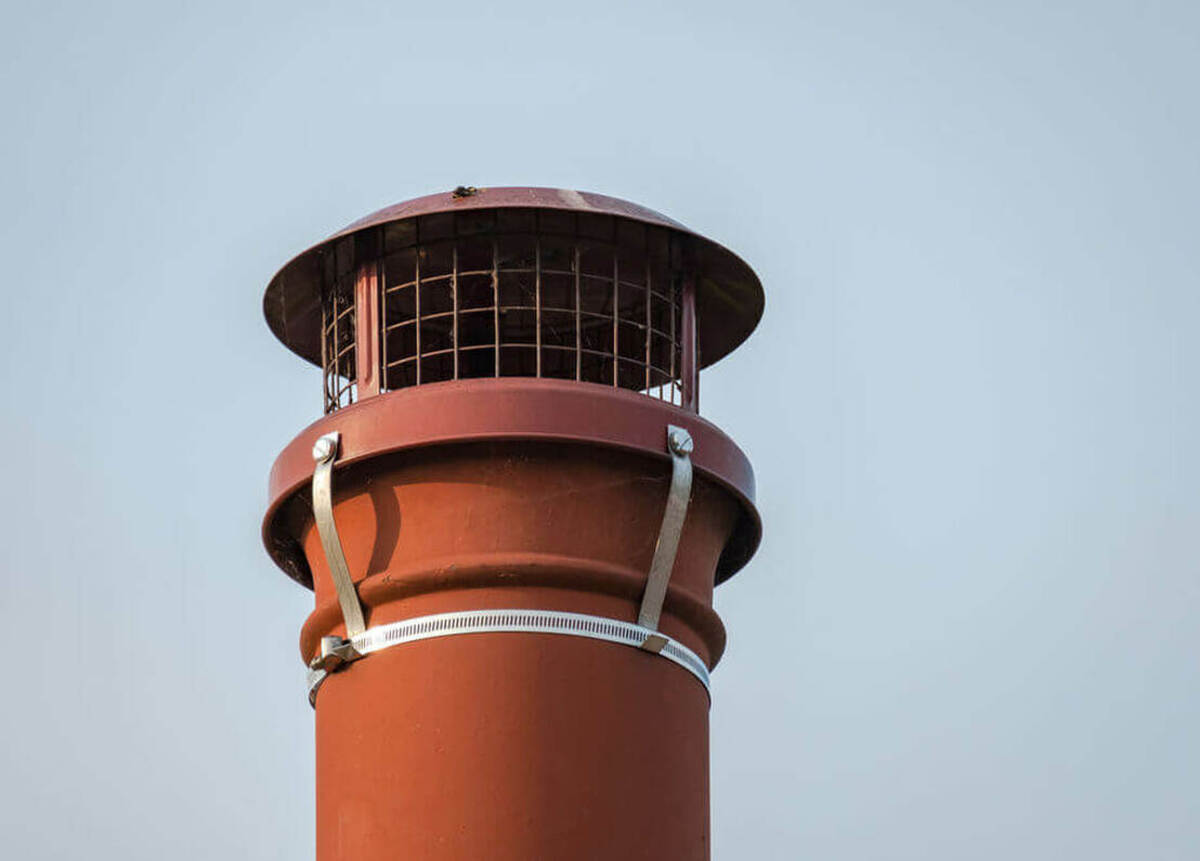
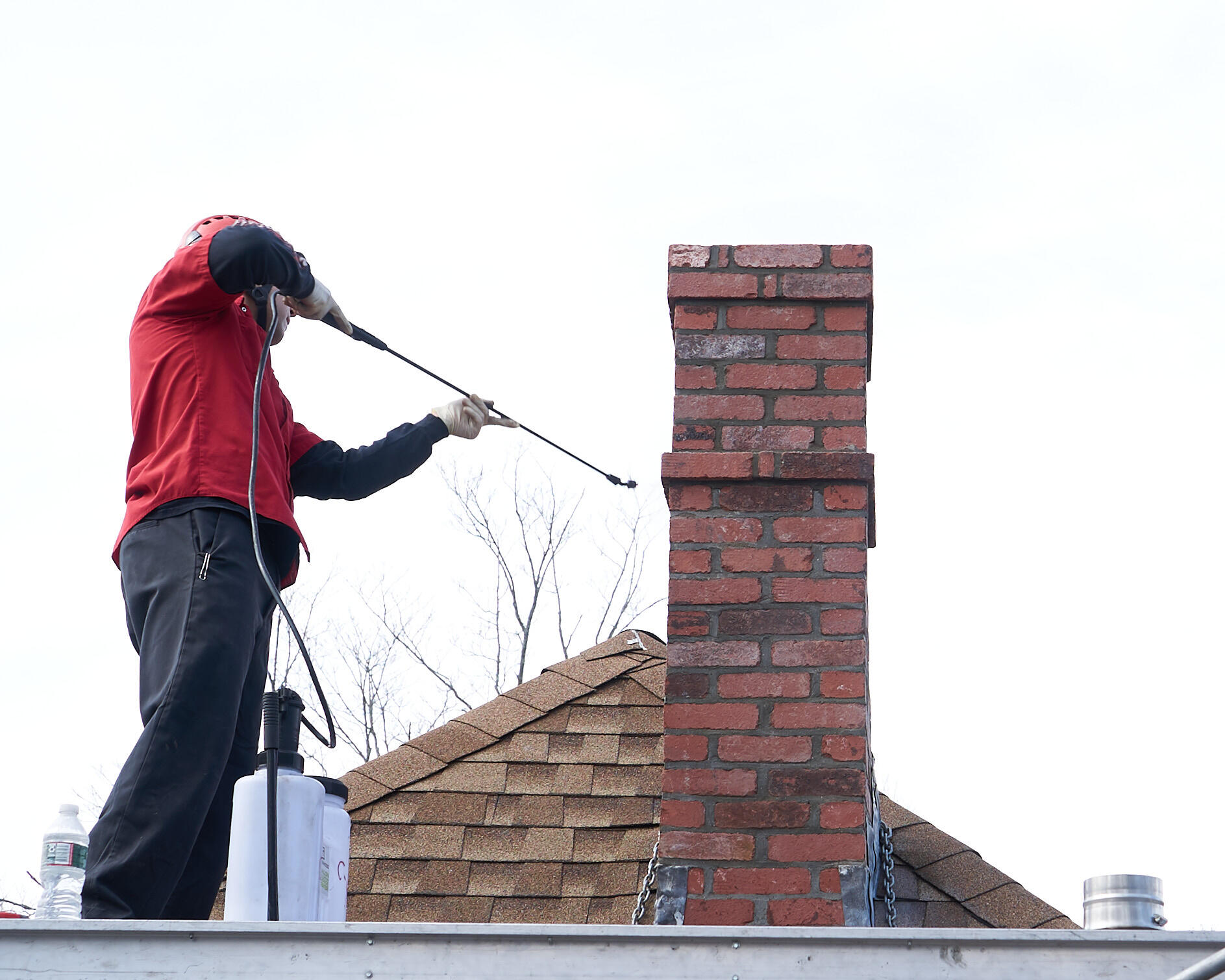
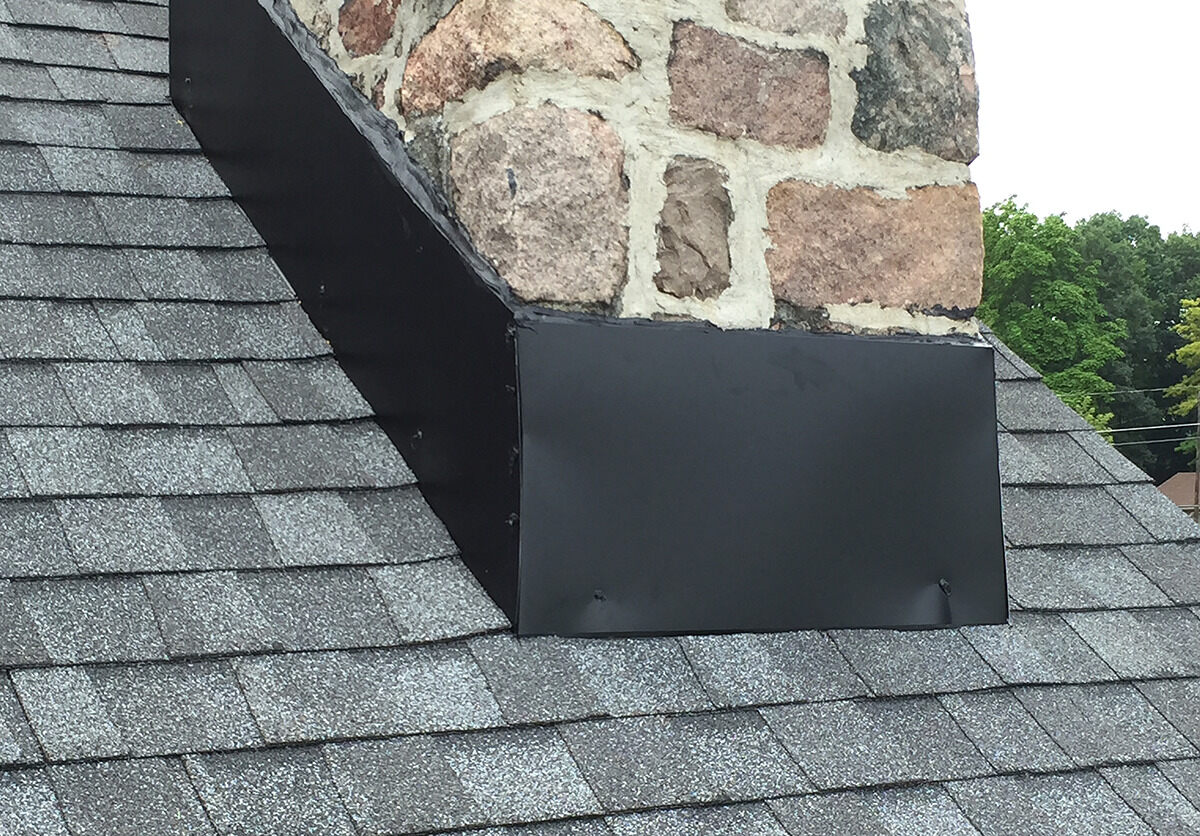
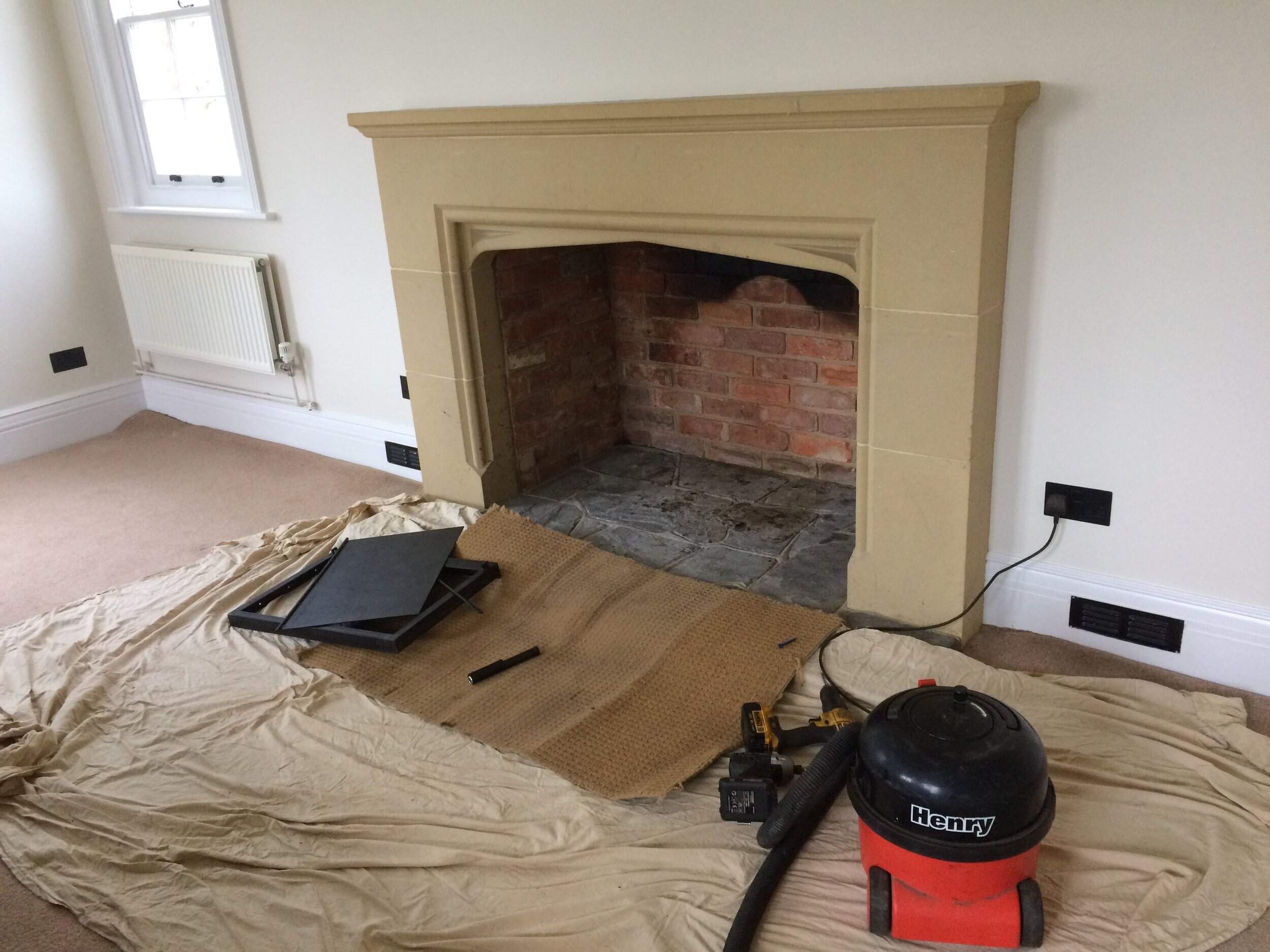
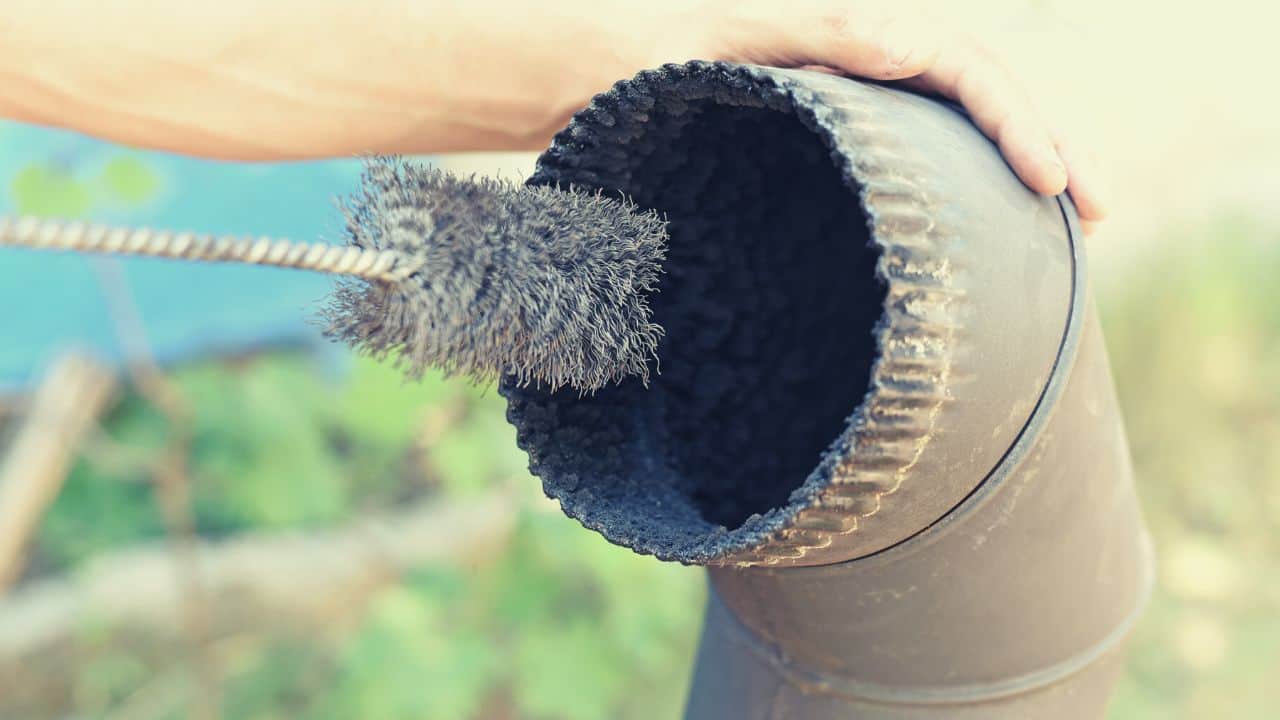
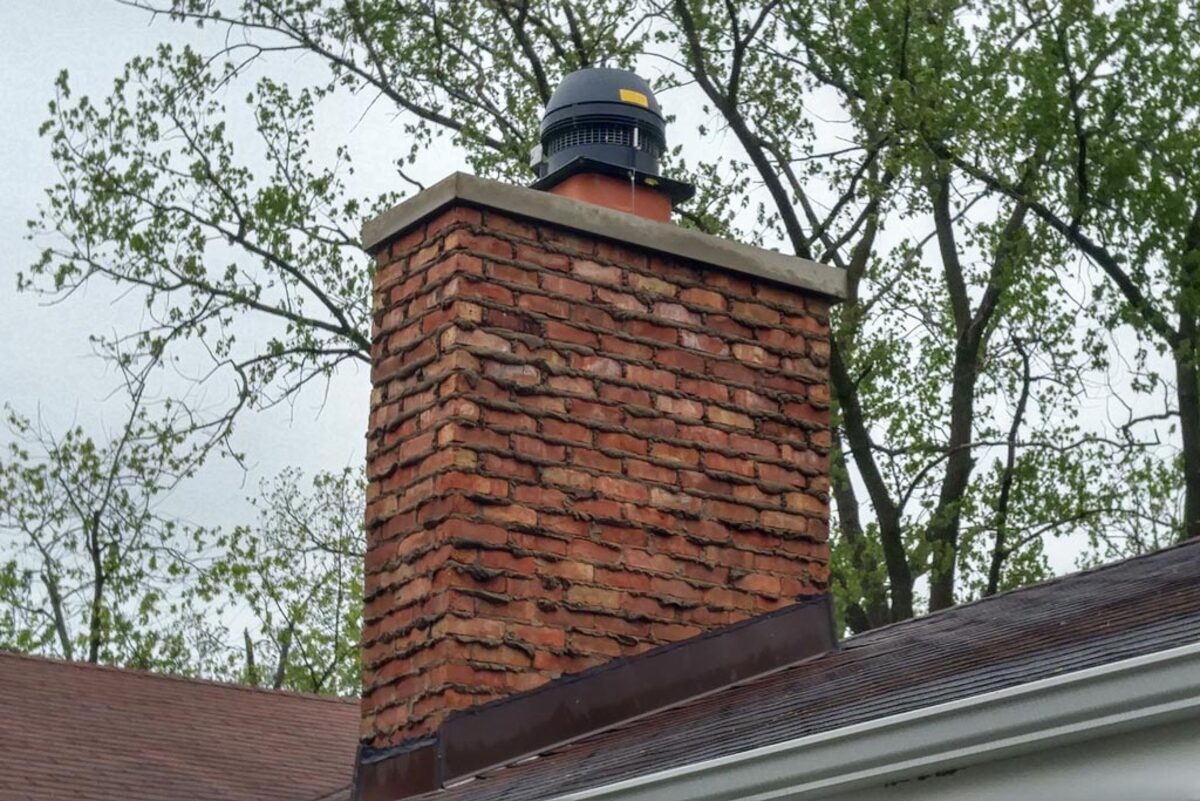
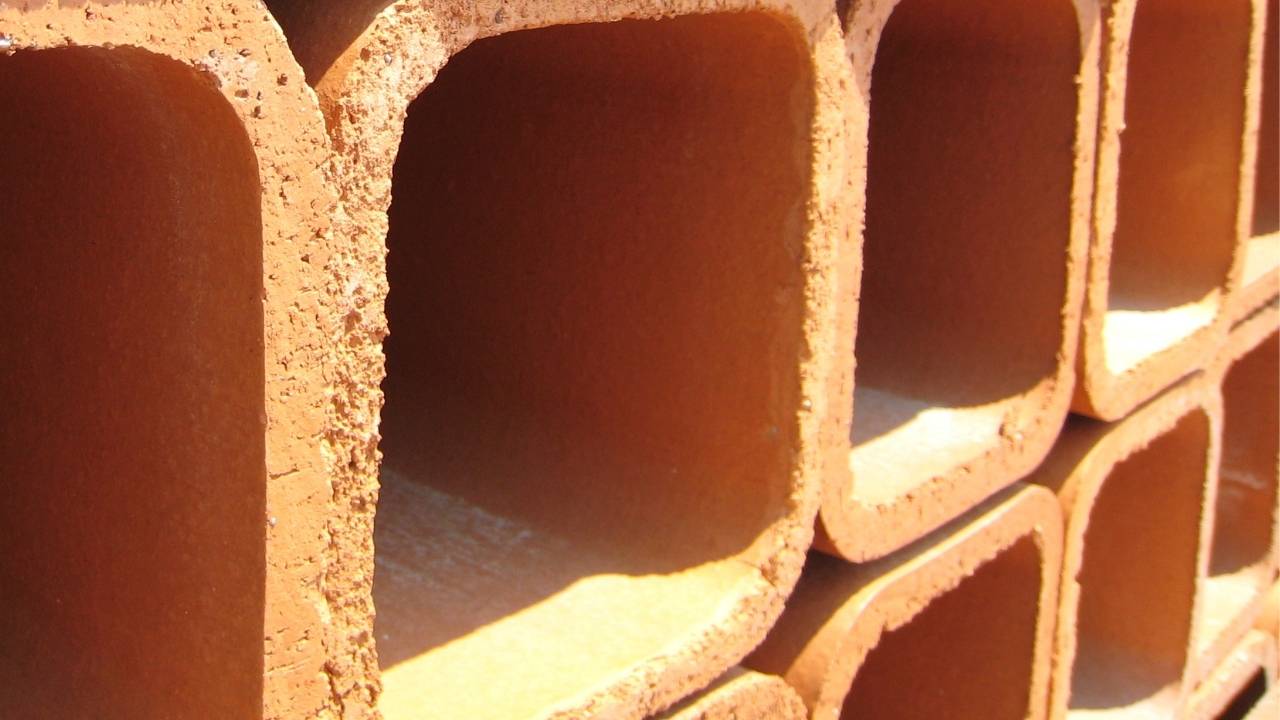
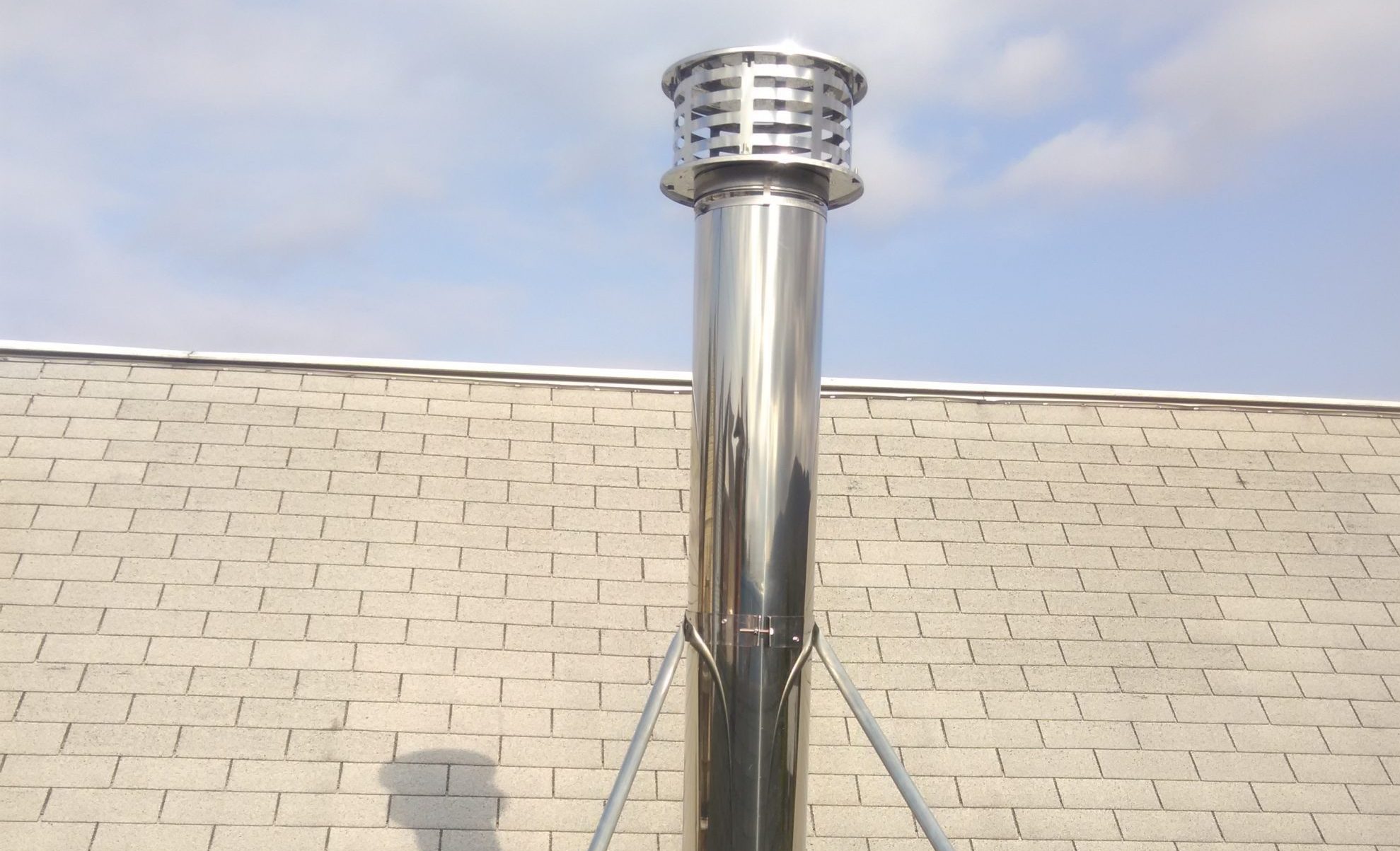
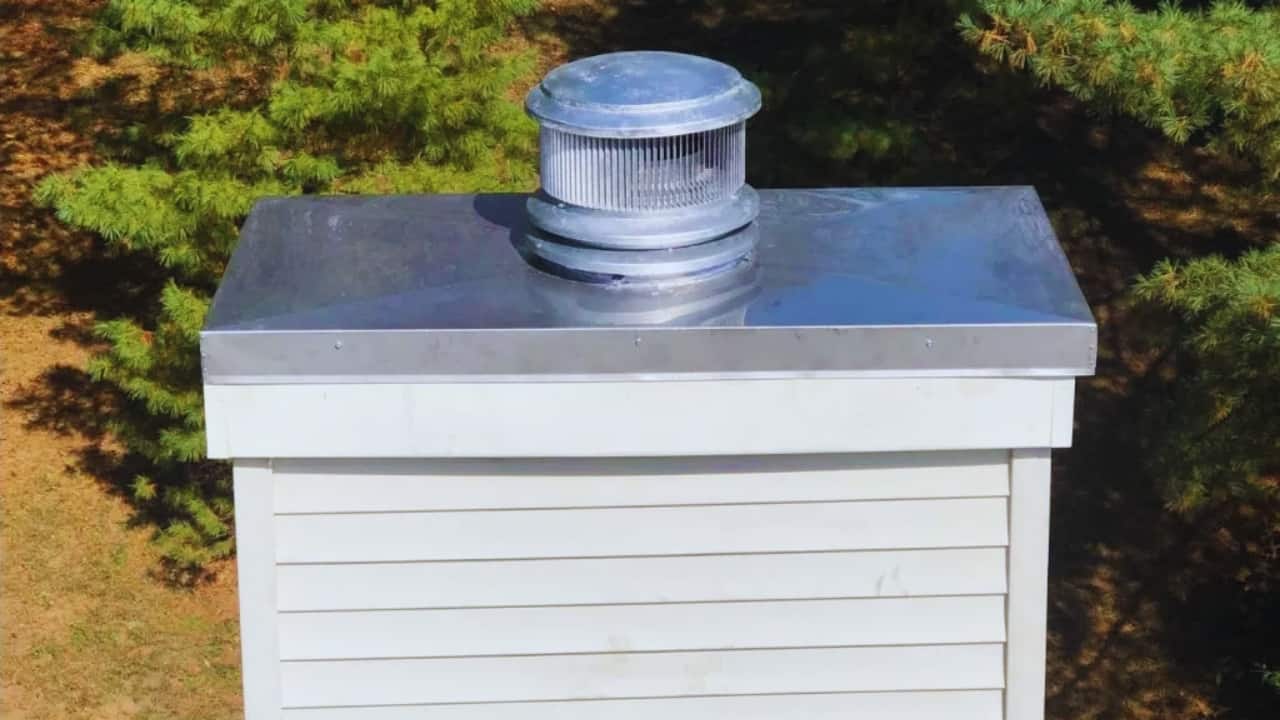
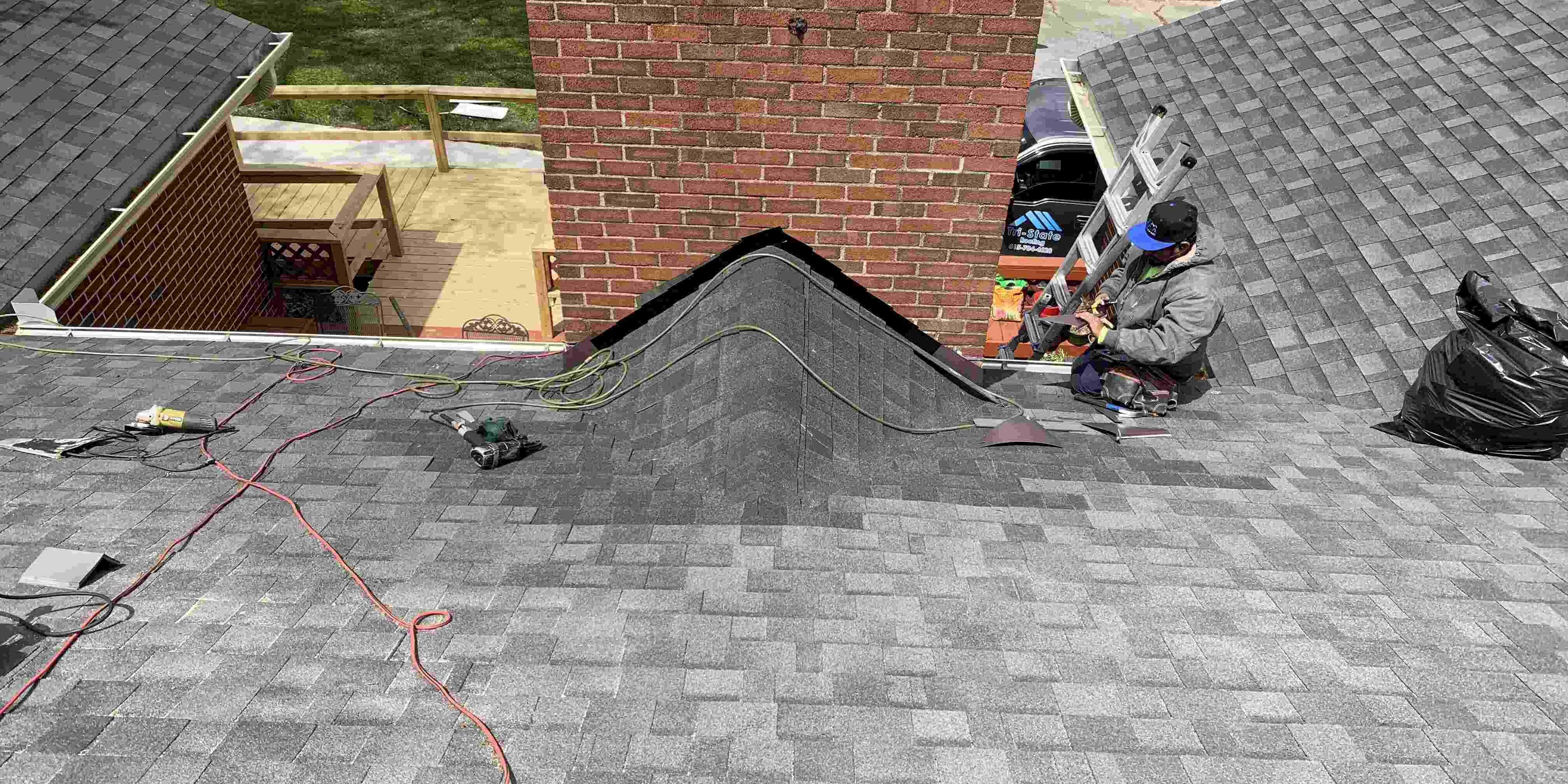
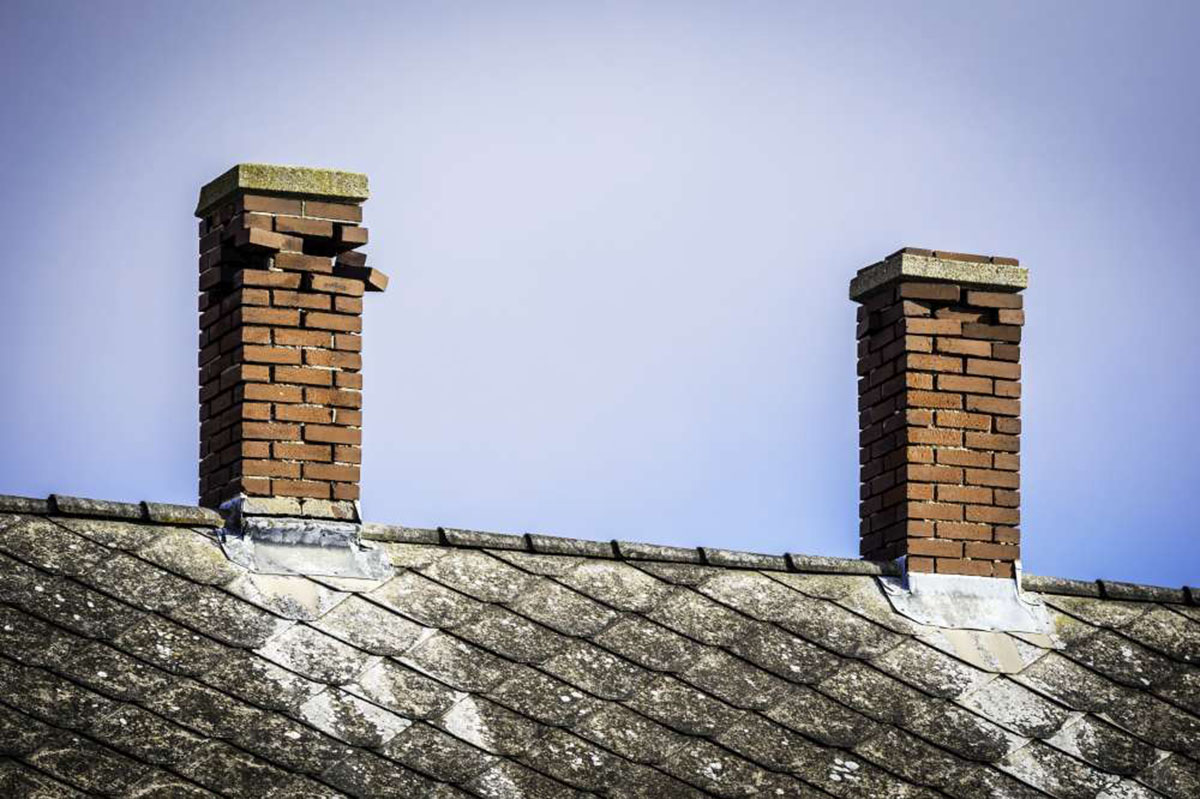
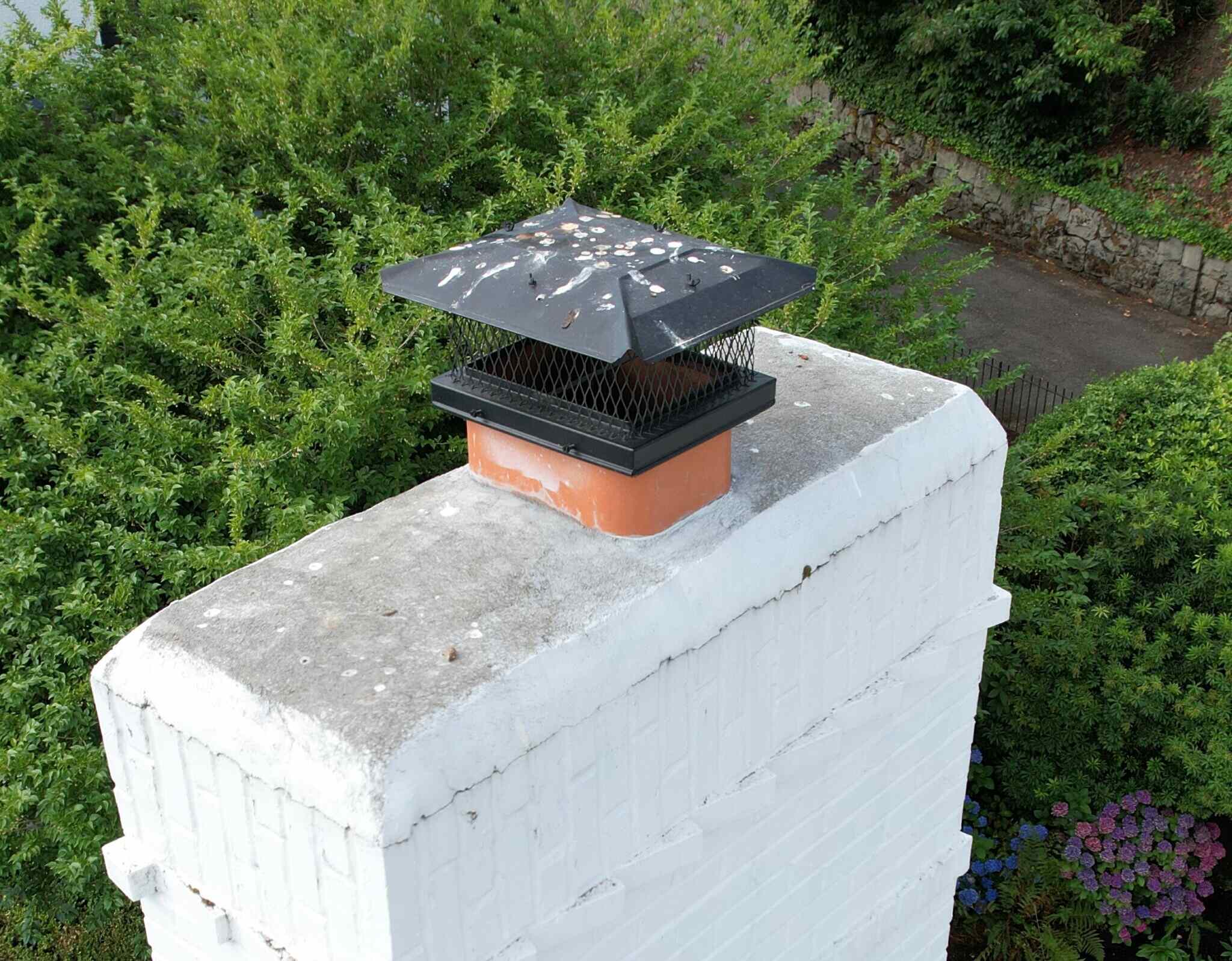
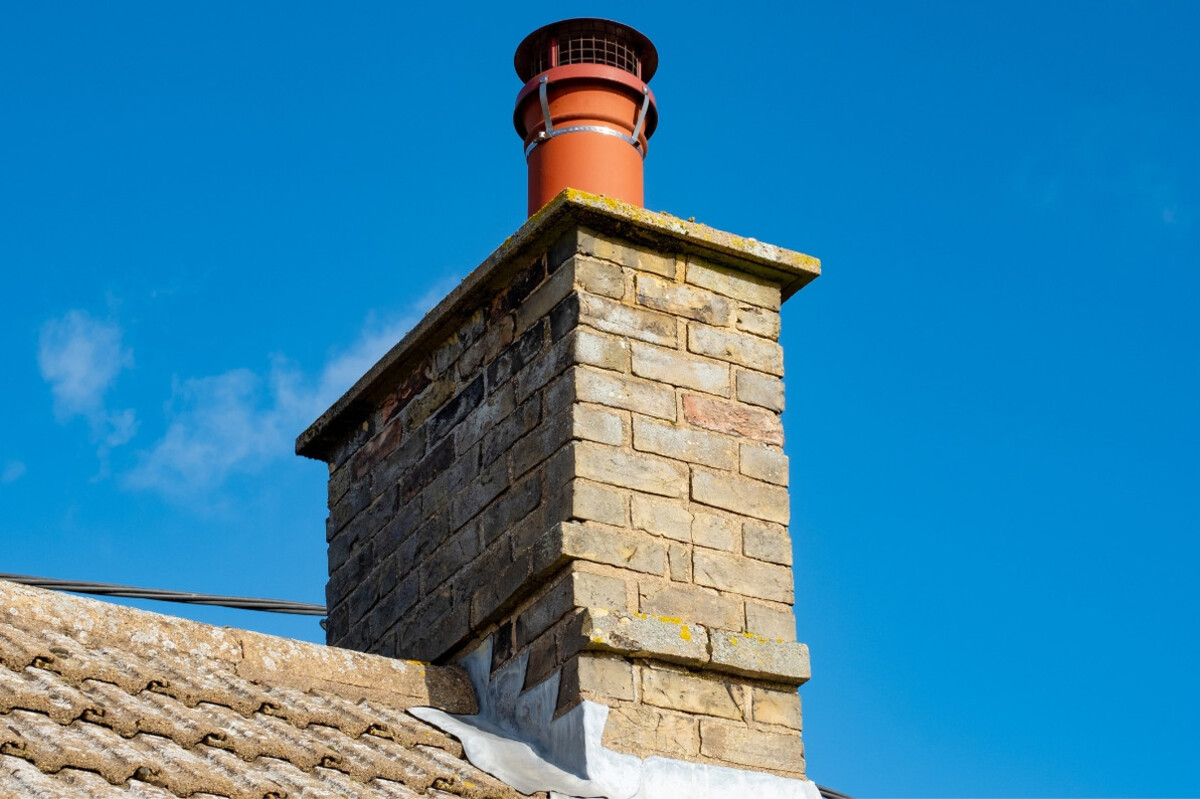

0 thoughts on “What Is Chimney Breast”